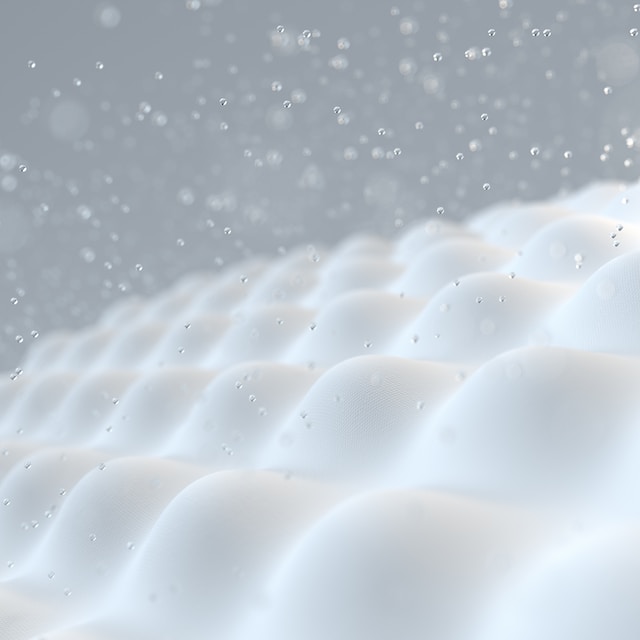At Smash.to, we all know the painful experience of dozing off on an uncomfortable mattress. We wake up more tired than we went to sleep, our bodies ache and we are unable to concentrate.
Out in the sea, it is crucial to stay sharp and think on your feet. This is why if you don’t have a quality rest, things may quickly get out of hand. Besides, a good night’s sleep ensures a better overall sailing experience.
Follow through our article and learn how to bring comfort to your boat and improve your sleep.
Choose the Right Mattress for Your Yacht
If you’re a passionate yachtsman, you probably spend most of your vacations onboard. It is important to be relaxed and well-rested during that time. To ensure that, you must have a comfortable mattress. After all, who doesn’t enjoy a good night’s sleep after a long day of sailing?
Establish your budget before you set out to search for the perfect mattress. Some may say a good night’s sleep is priceless, but for many of us, the cost is a factor. Custom mattresses, as expected, are rather expensive but there are cheaper options which may suffice for the budget-minded.
Carefully balance your budget and actual quality of build, note mattress cleaning professionals Crown Cleaners.
Foam Mattresses

Polyfoam mattress
Polyurethane foam or polyfoam is similar to memory foam structurally. The main difference is that memory foam has additional chemicals added in the manufacturing process. If you are on a tight budget, this option may be the best for you. Polyurethane foam comes in various levels of firmness and density. Because of its low cost, it is a popular choice for many.
However, keep in mind that you get what you pay for. Polyfoam lacks durability, so the initial comfort quickly fades away. Another downside is that foam slab mattresses lack the support your spine needs which may lead to back ailments.
Latex Foam Mattresses
Latex mattresses are sure to provide quality sleep – and there are plenty of reasons why:
- Durability – natural latex foam keeps its shape for years.
- Spine stability – due to its elastic properties, latex responds to your body and reliefs pressure.
- Easy to maintain.
- Eco-friendly.
- Hypoallergenic – The structure of the latex foam makes it resistant to dust mites. Furthermore, studies show that the material prevents mold and bacterial growth.
Like any other product, latex mattresses have a few disadvantages.
For example, some owners reviewed that the surface easily retains heat. If your mind is set on this type of mattress, consider breathable covers – form wool or cotton. They are a simple and inexpensive solution to the issue.
Also, some find latex mattresses to be rather firm. Another disadvantage is that they are quite expensive. High-quality latex foam beds cost from $1500 to $2000.
Memory Foam Mattresses
They contain layers of different densities of viscoelastic foam that respond to pressure and temperature. This type of mattress is popular for its comfort and hug-like feeling. Also, memory foam reduces pressure points and relieves pain. In addition, they are more affordable compared to latex foam mattresses.
However, some find it to be hotter to sleep on such a mattress, as the foam does not breathe as well as the other materials. It is probably not the best choice if you suffer from chronic back pain. If that’s the case, consider a more firm mattress.
Innerspring Mattresses
An innerspring mattress comprises three parts: foundation, core, and comfort layer. The bottom part of the mattress is the foundation and is typically made of wool. It is the main structure of the bed and provides support for the coils at the core. No one is comfortable sleeping on springs, so every innerspring mattress has a foam topper that serves as the comfort layer.
Some sailors prefer traditional spring mattresses because they are firm, durable, and have good ventilation. Also, they are easy to accustom to the size and shape of your yacht/boat. Innerspring mattresses are the perfect choice if you are on a tight budget.
However, there are some downsides to consider. For instance:
- Increased Pressure: The coils that provide support respond with a certain force on your weight. This, in turn, accounts for uneven zones of pressure on your body. Unfortunately, this may lead to poor blood circulation and muscle pain.
- Dust Mites: The layers of wool, foam, and/or fiber make a perfect environment for dust mites. If you have allergies, then an innerspring mattress might affect you.
- Lack of Movement Separation: Whenever you or your partner turns during sleep it affects the whole surface of the mattress. Individually pocketed coils may provide a level of separation, but nowhere as good as memory/latex foam mattresses.
- Weight: Another issue is that these mattresses are heavy and do not bend like foam ones, so it may be hard to get them in the boat.
Proper Maintenance
It is vital to keep your mattress dry. High humidity creates the perfect environment for mold and bacterial growth. A damp mattress may cause allergic reactions as well. Proper ventilation is essential to maintain good hygiene. Fortunately, there are some good ways to improve the airflow around the mattress:
- Every few months flip your mattress and let it breathe for a while before you put the sheets on.
- It is important to have air space under the mattress to improve ventilation. Some try to drill holes in the plywood’s top. Others prefer to use plank slats to improve the airflow.
Final Remarks
Whether you sail to relax or to boost your adrenaline, you need to be well-rested to fully enjoy the experience. To do so, consider the ideas from our article to ensure the good night’s sleep for you and your companions.
